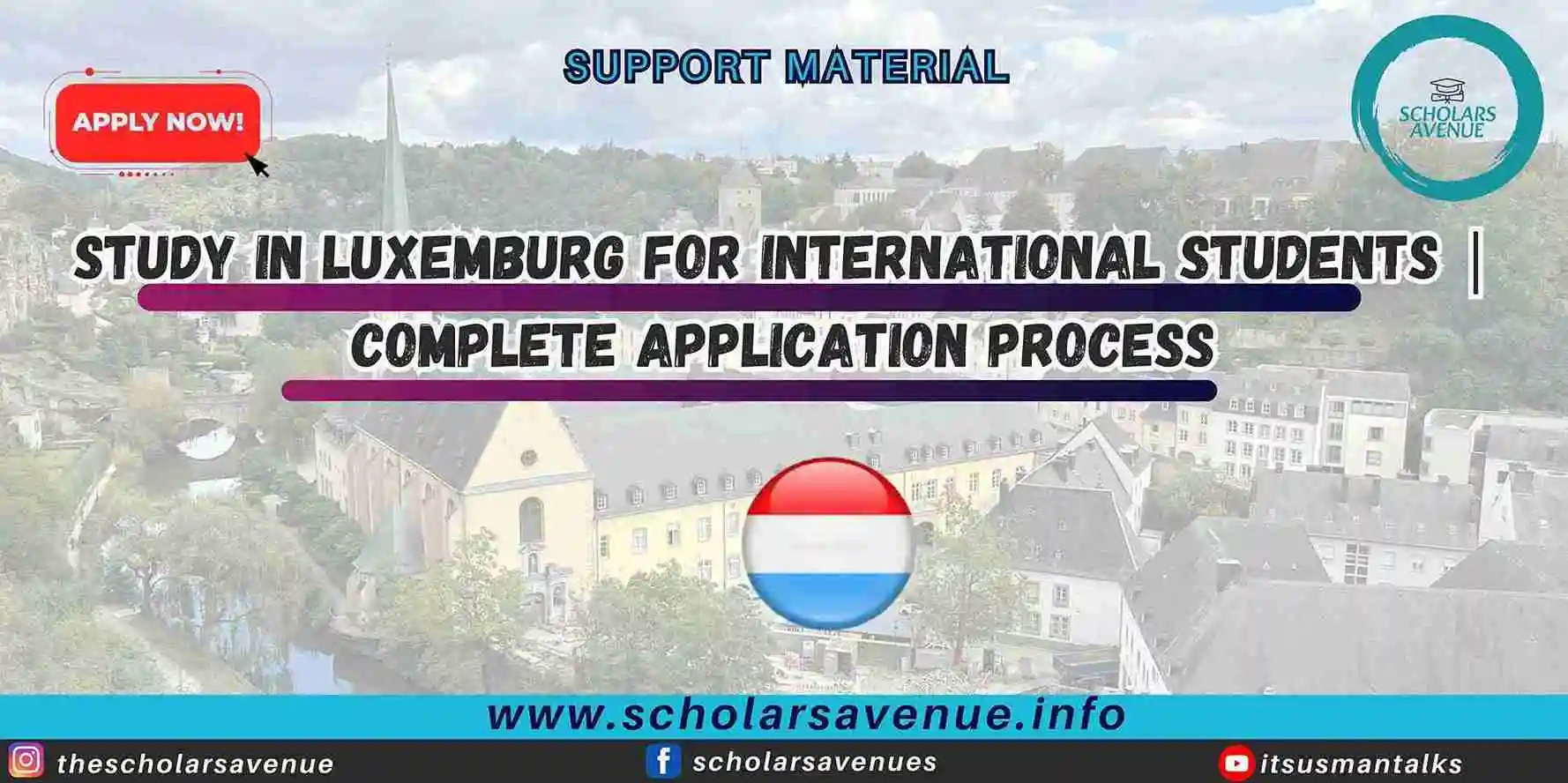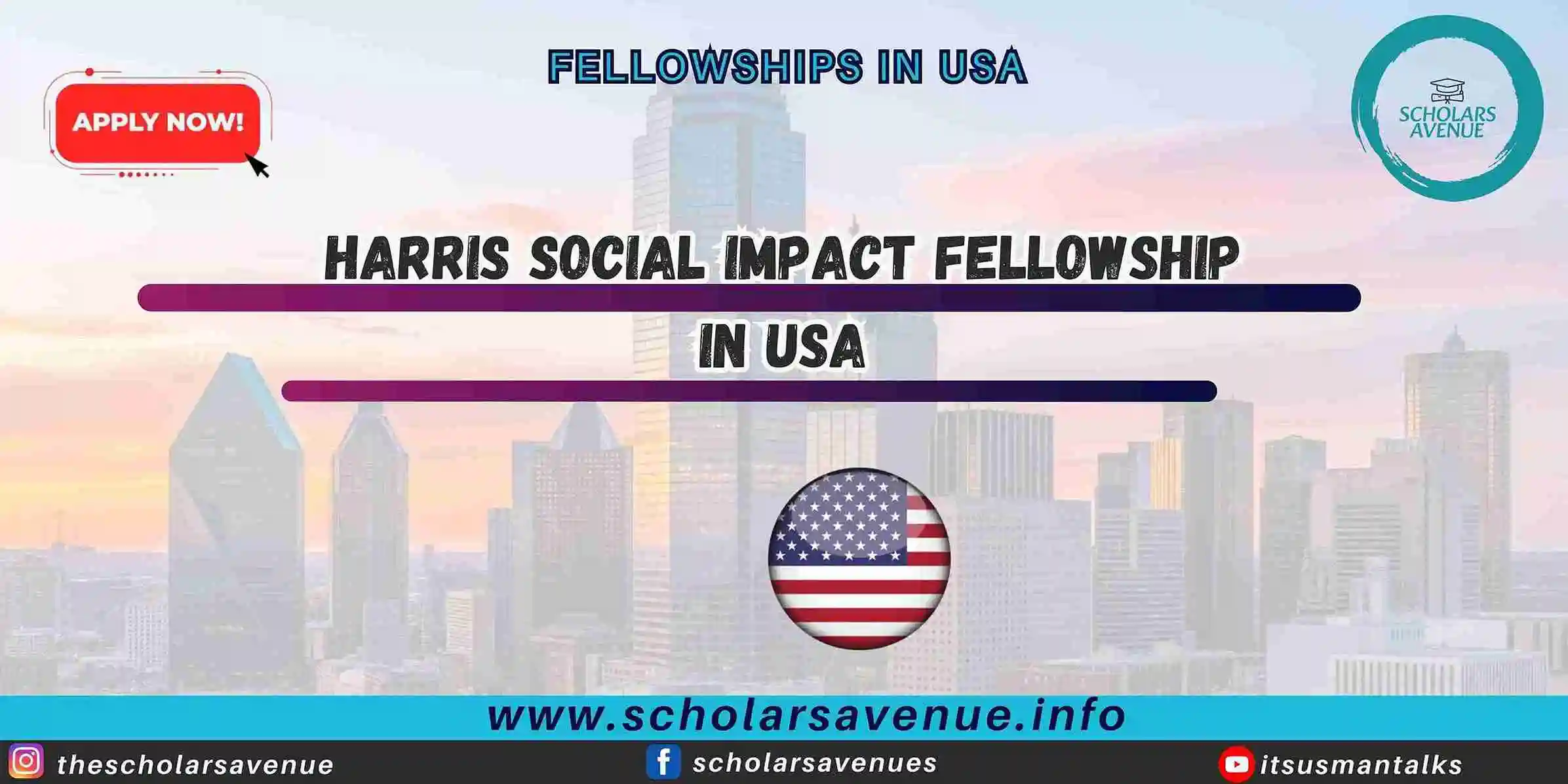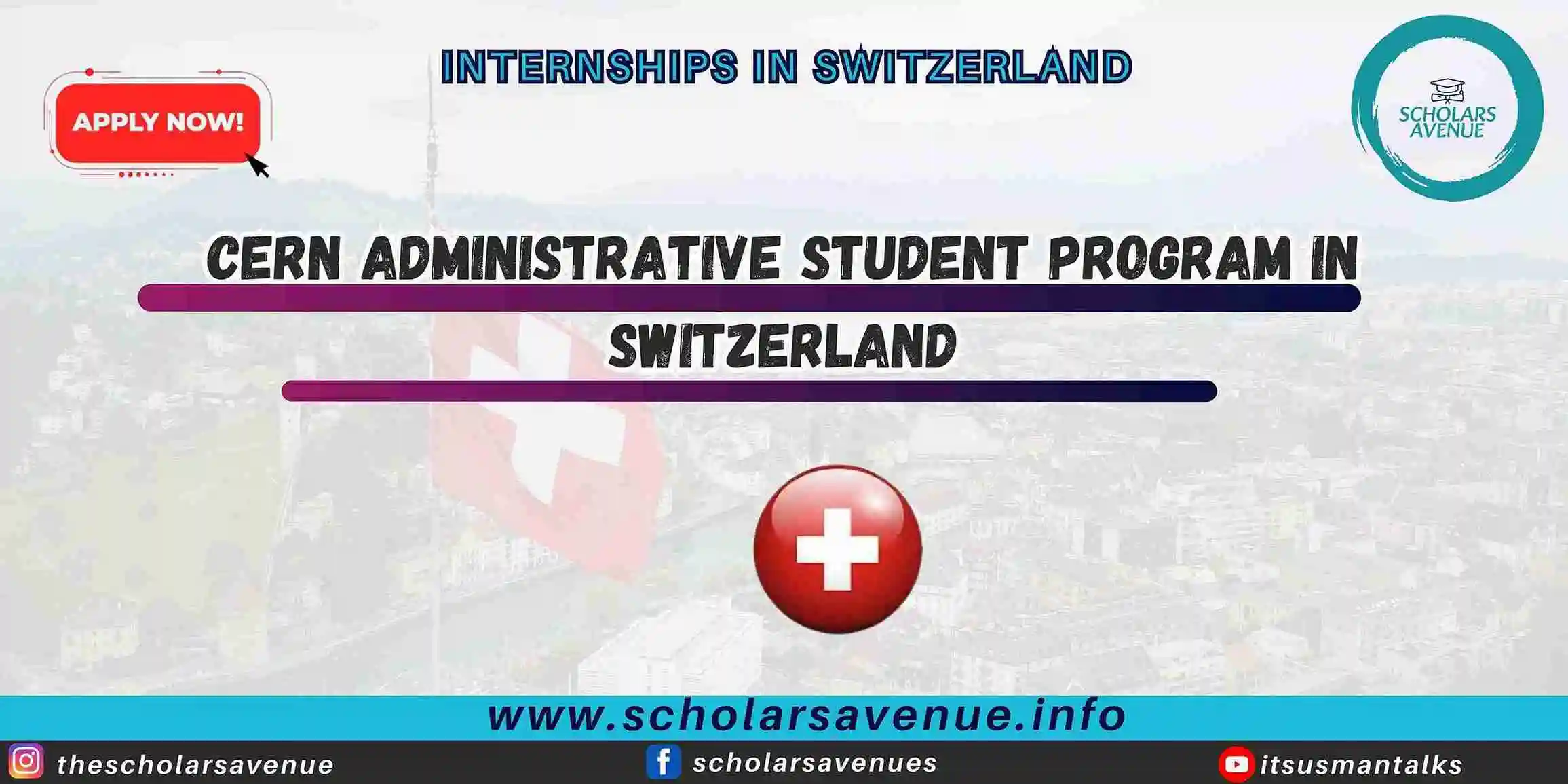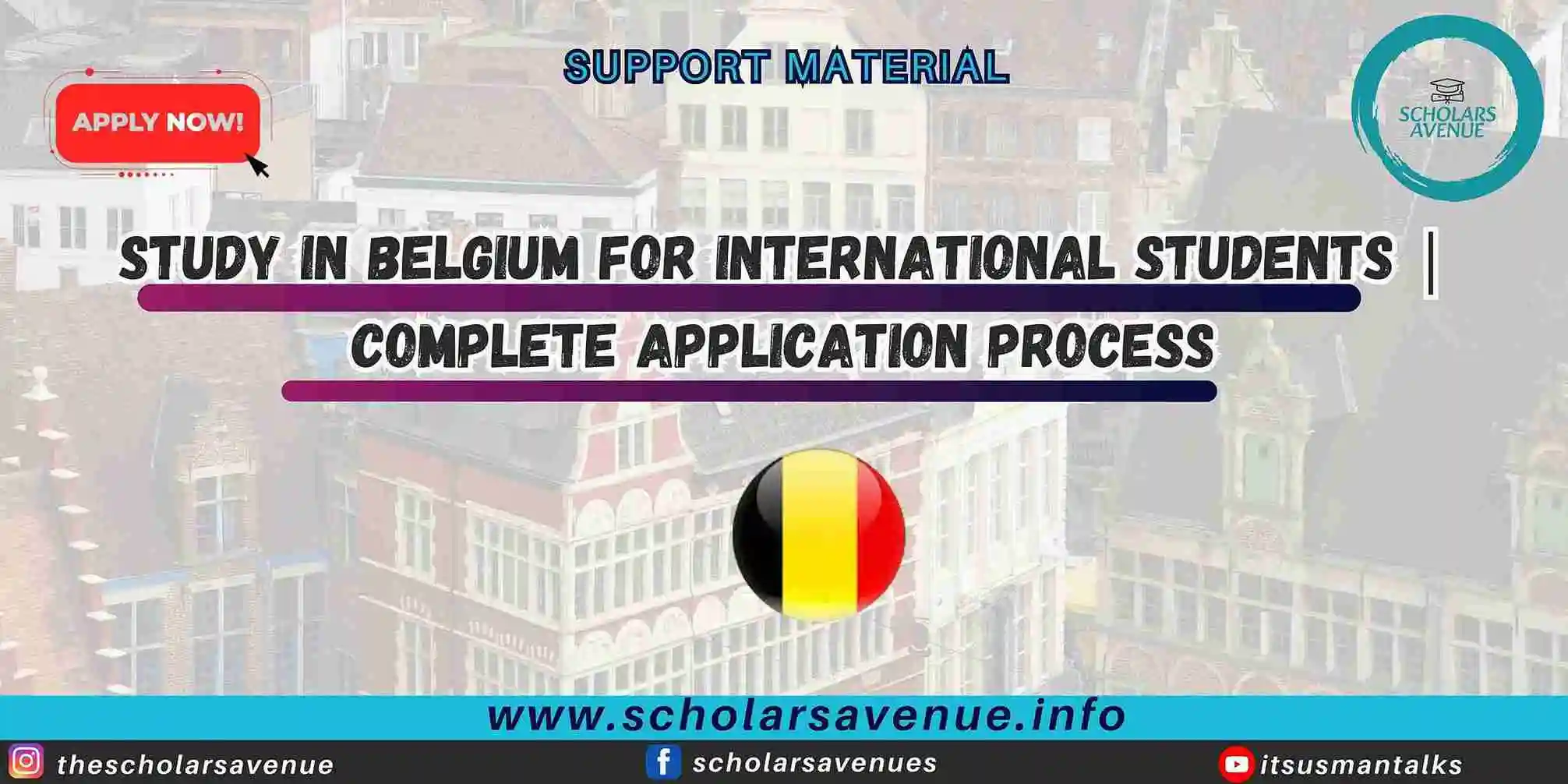Scholarships after getting admission can be the turning point between letting go of your dream university and actually stepping foot onto campus. Getting an admission offer from the school of your dreams is a cause of great pride. But among the festivities a nagging question often follows: how will you pay for your education? Studying abroad may easily be financially burdensome given increasing tuition fees and living expenses. Fortunately, scholarships following admission offer a feasible answer many pupils forget until the last minute. Even at prestigious universities, these scholarships can greatly lower or even totally cover your academic expenses, hence more accessible higher education is made possible.
It’s a common myth that scholarships are only available before you apply or get accepted into a program. Many colleges, governments, and outside groups provide scholarships following acceptance; particularly for students who currently have an offer letter, though. From academic excellence to financial need and certain fields of study, these funding sources fit a broad spectrum of requirements. This guide will walk you through how to identify, apply for, and secure scholarships after getting admission so you can confidently pursue your academic goals without financial stress.
Also check, Why Study in China – Top 5 reasons
1. Understand the Types of Scholarships After Getting Admission
Not all scholarships are created equal. Once you receive your offer letter, your eligibility for different types of scholarships expands significantly. Understanding which category you fall under will help you narrow down your options efficiently. Types include:
- Merit-Based Scholarships: Awarded for academic performance, standardized test scores, or extracurricular achievements.
- Need-Based Scholarships: Offered to students who can demonstrate financial hardship.
- Program-Specific Scholarships: Tailored for students entering particular programs or fields of study.
- University Scholarships: Directly provided by the institution you’ve been accepted into.
- Government or External Scholarships: Funded by governments or independent organizations, usually targeting international students.
2. Start with Your University’s Financial Aid Office
Most universities have a dedicated scholarship and financial aid office. After receiving your offer letter, this should be your first stop. Some universities even reassess your financial aid eligibility once you submit additional documents post-admission.
- Check the university website for post-admission scholarships.
- Contact the financial aid office for personalized guidance.
- Ask about automatic scholarships after getting admission that don’t require a separate application.
- Inquire about deadlines and documentation.
3. Explore Government and National Scholarship Opportunities
Many countries provide scholarships for international students after they have secured admission. These scholarships after getting admission are highly competitive but offer comprehensive benefits, including tuition, airfare, living stipends, and health insurance. Examples include:
- Australia Awards Scholarships
- Fulbright Foreign Student Program (USA)
- DAAD Scholarships (Germany)
- Chevening Scholarships (UK)
Also check, Max Planck Institute Law Internship
4. Strengthen Your Application Profile
Winning scholarships after getting admission often depends on more than just your grades. A compelling application can set you apart.
- Write a strong personal statement.
- Secure solid letters of recommendation.
- Highlight leadership roles and community service.
- Tailor your application to the specific scholarship requirements.
5. Be Strategic with Deadlines
Timing is everything. Missing deadlines is one of the most common reasons students lose out on scholarships after getting admission.
- Maintain a spreadsheet with application names, deadlines, and required documents.
- Set calendar reminders at least two weeks before the due date.
- Submit early where possible to avoid last-minute issues.
6. Consider Country-Specific or Regional Scholarships
Some regions and countries offer scholarships specifically for students coming from certain parts of the world. These scholarships after getting admission are often underutilized due to lack of awareness. A bit of targeted research can go a long way. Examples include:
- Asian Development Bank-Japan Scholarship Program
- MEXT Scholarships for Pakistani students
- Eiffel Excellence Scholarships for non-EU nationals
7. Don’t Overlook Small and Partial Scholarships
While full scholarships are attractive, don’t ignore smaller ones. Multiple partial awards can still cover a large portion of your costs. Apply to as many scholarships after getting admission as possible to maximize your financial support.
- Less competitive
- Easier application process
- Can be combined with other funding sources
8. Follow Up and Stay Updated
After applying, always follow up with the scholarship provider if you haven’t received a confirmation.
- Join university forums or social media groups
- Subscribe to scholarship newsletters
- Re-check eligibility for second-year funding or renewables
9. Keep Records and Stay Organized
Managing multiple scholarship applications can get messy. This helps you keep all scholarships after getting admission in one place and prevents you from missing out on deadlines or required actions. Use digital tools like:
- Google Sheets or Excel for tracking
- Google Drive or Dropbox for document storage
- Trello or Notion for planning
Also check, How to write a research proposal
Getting that offer letter is just the beginning. With the right strategy and a proactive approach, you can fund your studies through various scholarships after getting admission. From university-sponsored awards to external funding bodies, the opportunities are vast. . With a wide array of funding options available at institutional, national, and international levels, students who take initiative are far more likely to benefit. You just need to know where and how to look. So get organized, and start applying. Your dream education might be more affordable than you think.
Looking to maximize your chances of acceptance?
Consider using our Professional Services to polish your application and stand out from the crowd.
For detailed videos on relevant opportunities check out:
Frequently Asked Questions (FAQs)
Can I apply for scholarships after receiving an offer letter?
Yes, many scholarships are specifically available to students who already hold an admission offer.
Are post-admission scholarships only for international students?
No, they are available to both domestic and international students depending on the program and provider.
Do I need to reapply for university scholarships after admission?
Some require a separate application, while others are automatic based on your admission profile.
Where can I find scholarships after getting admission?
Check your university’s financial aid office, national scholarship databases, and online platforms like DAAD.
Can I apply for multiple scholarships after admission?
Yes, and it’s highly recommended to maximize your chances of funding.
What documents are typically required for scholarships after getting admission?
Common requirements include your offer letter, academic transcripts, a personal statement, and recommendation letters.








